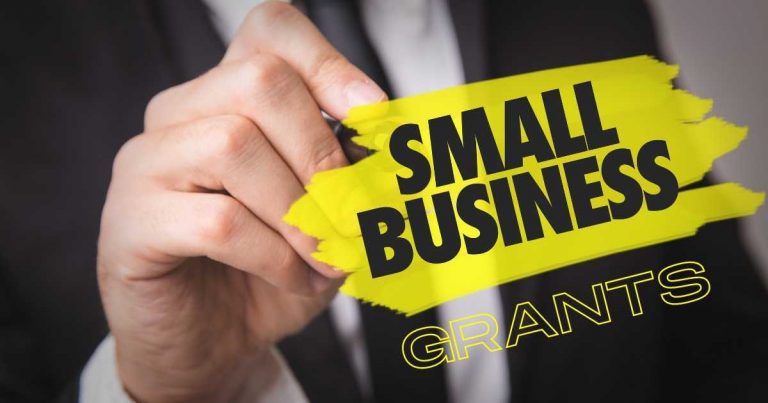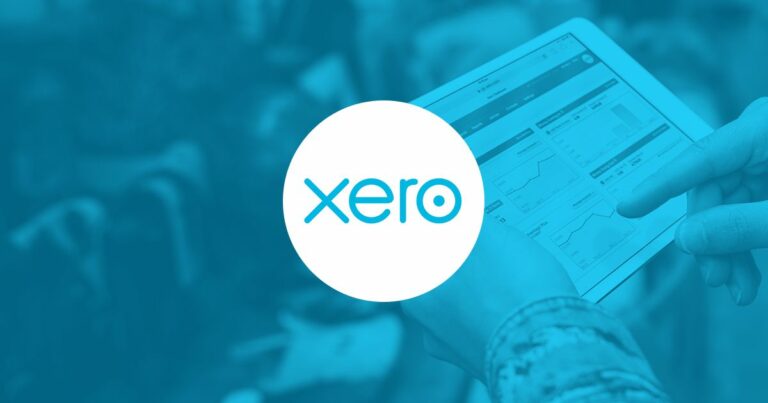As we get closer to the end of the financial year, I wanted to provide some information about some of the key tax rates, and some changes that come into effect from 1 July.
Income Tax Rates
Individual Income Tax Rates
Individual Income Tax Rates for the financial year 1 July 2021 to 30 June 2022 remain unchanged from the October 2020 Budget Night Tax Rate changes. The Tax Rates for 2021-2022 are:
- $0 – $18 200 0%
- $18 201 – $45 000 19%
- $45 001 – $120 000 32.5%
- $120 001 – $180 000 37%
- $180 001 + 45%
*All rates do not include the Medicare Levy of 2%
Company Income Tax Rates
| 2020-21 Financial Year | 2021-22 Financial Year | SMSF Income Tax Rates |
|---|---|---|
| SBE Companies 26% | SBE Companies 25% | Compliant Funds 15% |
| Other Companies 30% | Other Companies 30% | Non-Compliant Funds 45% |
Depreciation/Instant Asset Write Off/Full Expensing
Businesses with an aggregated turnover of less than $5 billion can continue to immediately deduct the business portion of the cost of eligible new depreciating assets through to 30 June 2023.
Passenger Vehicle (Car) Depreciation Limit
The ATO has updated the car cost limit for depreciation for the 2021-22 financial year to $60 733 (previously $59 136). The car limit is indexed annually in line with movements in the CPI motor vehicle purchase sub-group.
Division 7A Benchmark Interest Rate
The benchmark interest rate for Div 7A purposes is expected to be 4.52% for the 2021-22 income year (unchanged from 2020-21).
Superannuation
Superannuation Guarantee Rate
The Superannuation Guarantee Rate will increase from 9.50% to 10% on 1 July 2021.
The ATO advises that the percentage employers are required to apply is determined based on when the employee is paid, not when the income is earnt. The rate of 10% will need to be applied for all salary and wages that are paid on and after 1 July 2021, even if some or all of the pay period it relates to is before 1 July 2021.
Employers will need to ensure their payroll and accounting systems are updated to incorporate the increase to the super rate.
If you use Xero, no action is required for employees marked to use the statutory rate option in Xero Payroll – Xero will automatically apply the new super tax rate to any pay runs with a payment date after 1 July.
We recommend reviewing all your employee pay templates in Xero to ensure that the statutory rate option is selected for all employees. If you do not use the statutory rate option, we recommend changing your employee’s pay templates to use this option.
Alternatively, you will manually need to change the superannuation % before your first pay in the 2021-22 financial year.
The Superannuation Guarantee Rate is scheduled to increase to 10.50% on 1 July 2022. Annual 0.50% increases remain scheduled on 1 July each year until the Superannuation Guarantee Rate reaches 12% on 1 July 2025.
Superannuation Contribution Caps
The Concessional Contribution Cap for the 2021-2022 financial year will increase from $25 000 to $27 500.
The Non-Concessional Contribution Cap for the 2021-2022 financial year will increase from $100 000 to $110 000. If you are under 65 years old, you may be able to make non-concessional contributions of up to three times the annual non-concessional contributions cap in a single year. This is known as the ‘bring-forward’ option.
The Treasury Laws Amendment (More Flexible Superannuation) Bill 2020 proposed to extend the bring forward age limit to 65 and 66 (that is, under age 67) for non-concessional contributions. This legislation was passed by the Senate with four amendments on 17 June 2021. It now goes back to the House of Representatives for consideration of those amendments.
Superannuation Income Stream – Reduction in Minimum Pension Payments
Previously the Government reduced the minimum annual payment required for account-based pensions and annuities, allocated pensions and annuities and market-linked pensions and annuities by 50% for the 2019–20 and the 2020–21 financial years.
On 29 May 2021, the Government announced an extension of this temporary reduction in superannuation minimum drawdown rates for a further year to 30 June 2022.
Superannuation Deductibility
For the financial year 1 July 2021 to 30 June 2022, Superannuation remains deductible only when it has been paid, and received by a complying Superannuation Fund.
Single Touch Payroll
There are changes to STP reporting for small employers with closely held payees and quarterly reporting for micro employers from 1 July 2021. From 1 July 2021, employers must report their closely held payees through STP. They can choose to report these payees each pay day, monthly or quarterly.
From 1 July 2021, the eligibility criteria for the STP quarterly reporting concessions for micro employers will change and will only be available to micro employers who:
- report through a registered tax professional
- meet certain eligibility requirements which now include the need for exceptional circumstances to exist.
ASIC Fees
- The Company Annual Review fee has increased from $273 to $276, with effect from 1 July 2021.
- The Special Purpose Company (where a Company only acts as a SMSF Trustee) Annual Review fee has been increased from $55 to $56, with effect from 1 July 2021.
- ASIC late fees where payment is made, or a document is lodged, within one month after the due date has been increased from $82 to $83, with effect from 1 July 2021.
- ASIC late fees where payment is made, or a document is lodged more than one month after the due date has been increased from $340 to $344, with effect from 1 July 2021.
- The ASIC Company Incorporation fee has increased from $506 to $512 from 1 July 2021.
Other Tax Rates and Offsets
Car Expenses per KM rate
The rate at which work-related car expense deductions may be calculated using the cents per kilometre method is 72 cents per kilometre for the income year commencing 1 July 2021. This rate is unchanged from the 2020-21 financial year, and an increase from 68 cents per kilometre for the 2019-2020 financial year.
Home Office Rate
The ATO has announced that the shortcut method to home office expenses (initially available for the period 1 March 2020 to 30 June 2020) has been extended to include all of the 2020-2021 financial year, that is, 1 July 2020 to 30 June 2021.
Therefore, for the 2021 financial year, there are three ways of calculating home office expenses. These are:
- Shortcut method – at 80cents per hour
- Fixed rate method – at 52cents per hour
- Actual cost method
If you have any questions about any of the measures listed, please don’t hesitate to get in touch.


